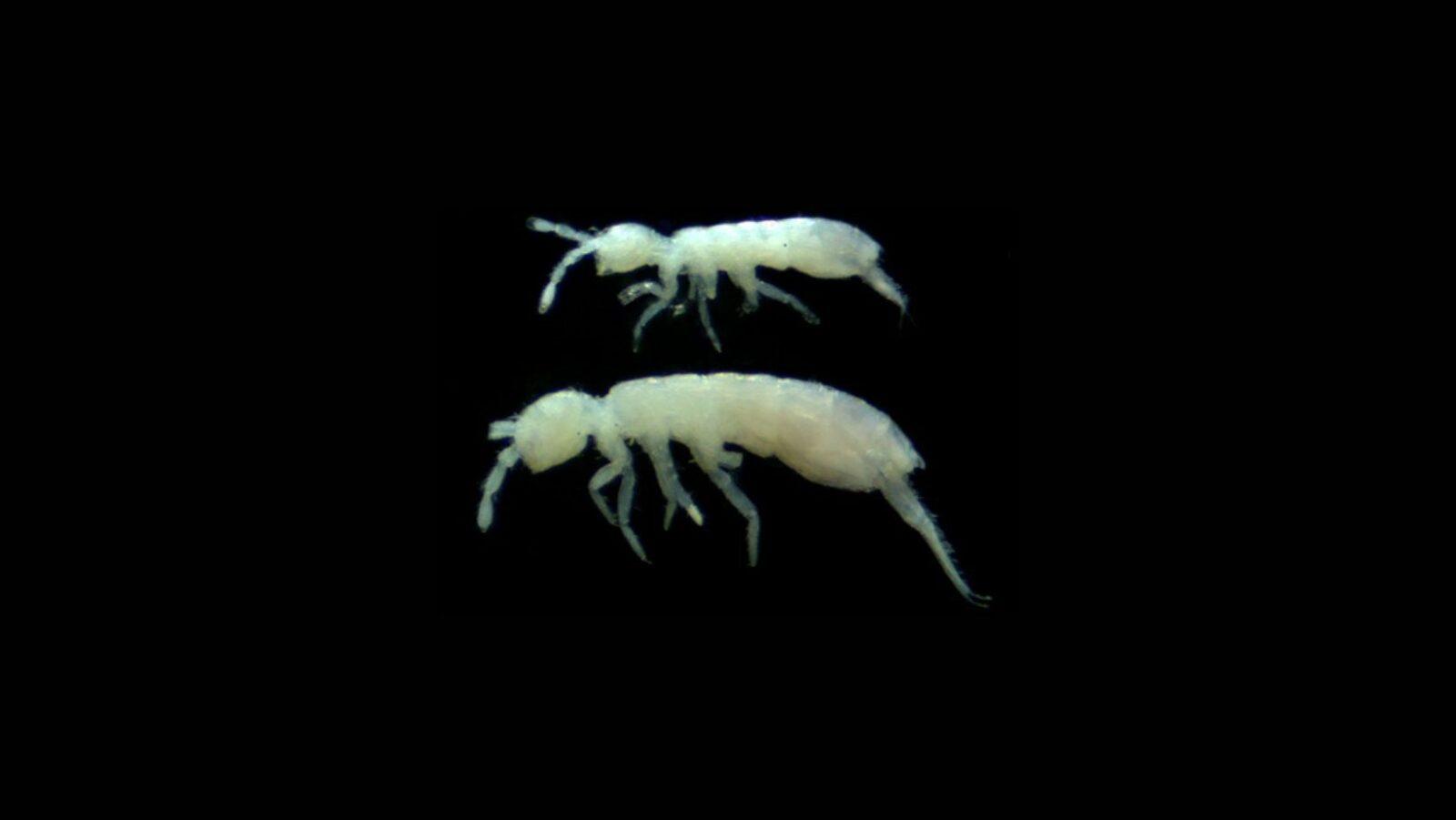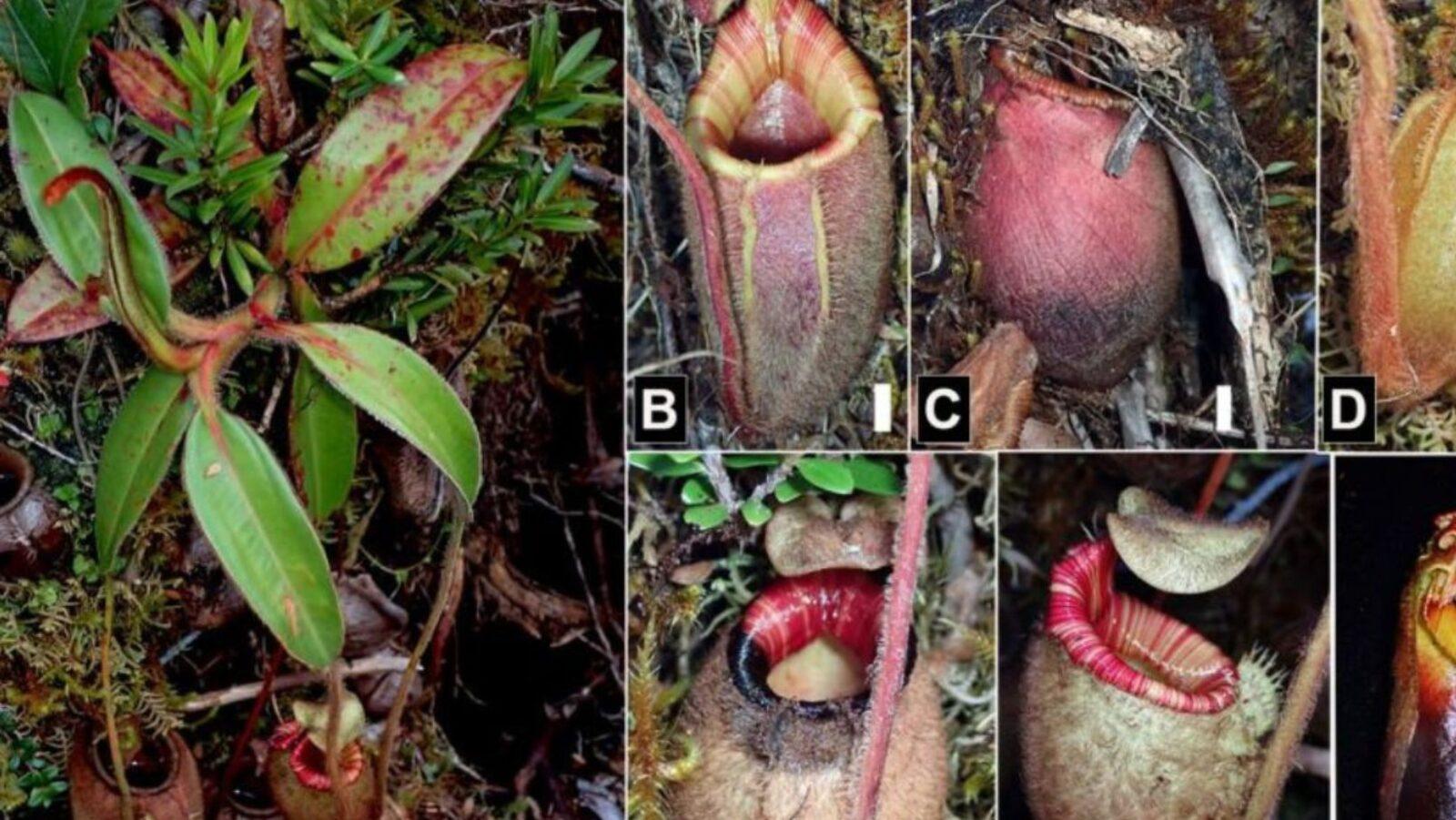
By Dr. Aimee Lynn Barrion-Dupo
Cave biologists have long believed that life between caves and forest ecosystems are intricately connected, with the former harboring species with specific needs provided only by the complex and minimally understood forest-cave connection.
Recently, the Department of Science and Technology (DOST) NICER Caves Program researchers from the UPLB Institute of Biological Sciences and the Museum of Natural History helped shed light on some of the cave-forest interactions happening in the twilight zone of Dry Cave 1 in Tayabas, Quezon Province, Philippines.
An unexpected find
While doing a routine cave biodiversity monitoring and inventory procedure, the scientists stumbled upon a very interesting population of the holoparasitic plant identified as Balanophora abbreviata Blume.
Compared to other plants that need sunlight to live, holoparasitic plants can survive dark cave conditions because they “steal” vital nutrients and water from the plants they attach themselves to.
According to Assistant Professor Ivy Amor F. Lambio, “The Balanophora are possibly attached to the fig trees within the surrounding forested area since these trees are capable of producing long and strong roots that dig deep in rocks.”

Thriving even in darkness
Entomologists of the NICER Caves program also noted the existence of various arthropods like crickets, huntsman spiders, ants, and cockroaches in and within the vicinity of the plant clumps, pointing to the possible role of B. abbreviata as part of the food web within Dry Cave I.
As project leader Dr. Ireneo L. Lit Jr. explains, “Our findings show that B. abbreviata somehow connects the underground habitat with the outside environment, enabling cave-dwelling organisms access to food resources without leaving the cave.”
Arthropod cave residents, particularly those that love guano, source out their food, meaning they depend on things from outside their bodies for energy and nutrients. The occurrence of a Balanophora species inside a cave, although not strictly an autotroph, “offers an enlightening piece to the complex food web puzzle of cave organisms, especially arthropods,” Dr. Lit adds. —MF
About the Author: Dr. Aimee Lynn Barrion-Dupo is a professor at the University of the Philippines Los Baños, where she also serves as the curator for moths and spiders at the Museum of Natural History. A seasoned entomologist and araneologist who has done extensive research on various arthropods in the Philippines, she describes herself as a scientist who was raised by scientists, and never forgot the wonders of playing with insects and spiders.
Reference
- Lambio, I. A. F., Alviola, M. S., Lucañas, C. C., Barrion-Dupo, A. L. A., Duran, C. F. D., Cammayo, M. F. K. M., Taray, K. J., Eusebio, O. L., & Lit Jr., I. L. (2023). First cavernicolous record of the holoparasitic Balanophora abbreviata Blume (Balanophoraceae), from Tayabas, Quezon, Philippines. Journal of Asia-Pacific Biodiversity. https://doi.org/10.1016/j.japb.2023.11.012









